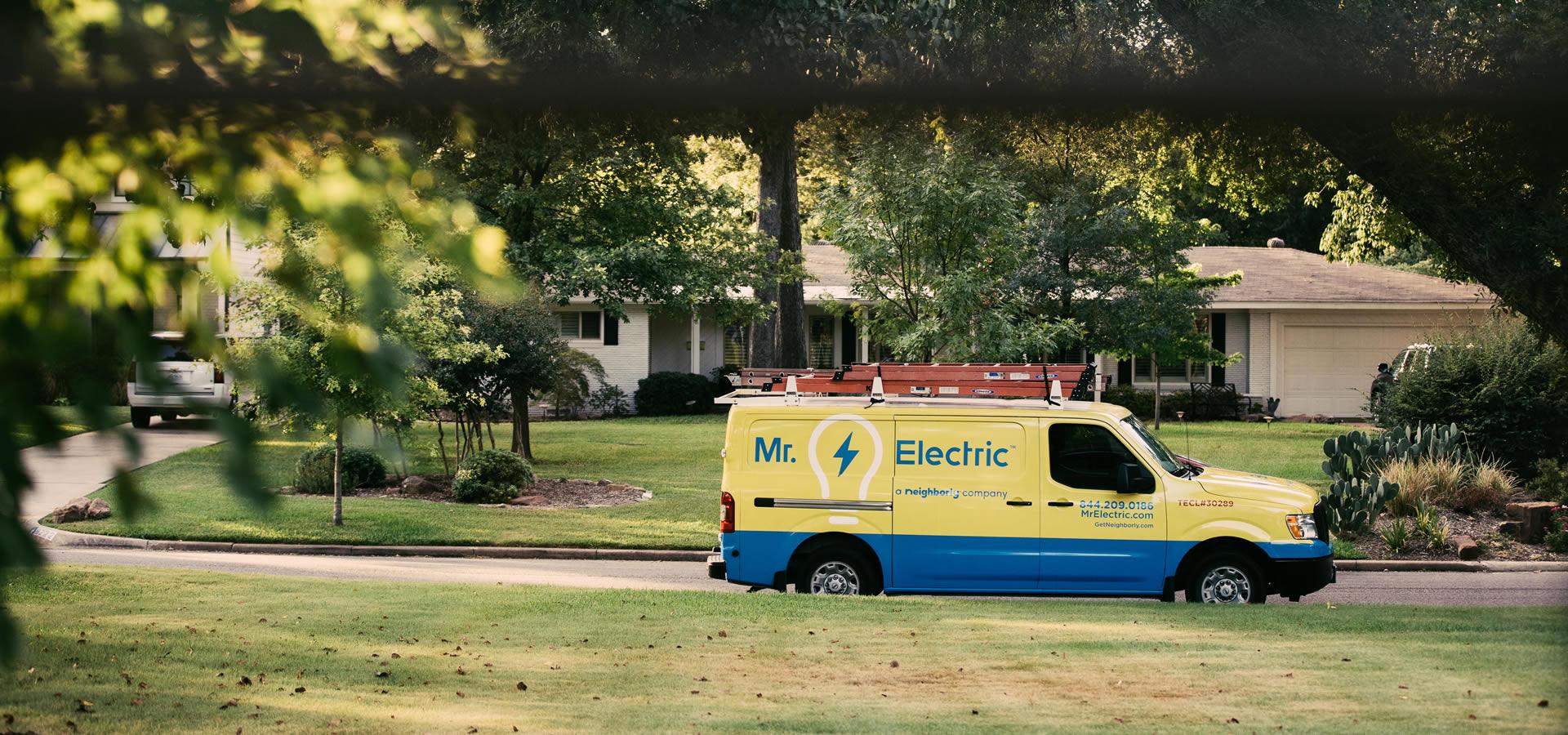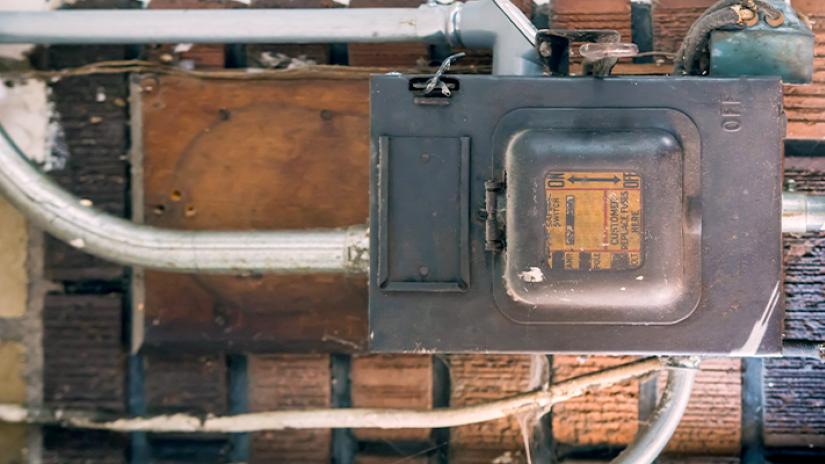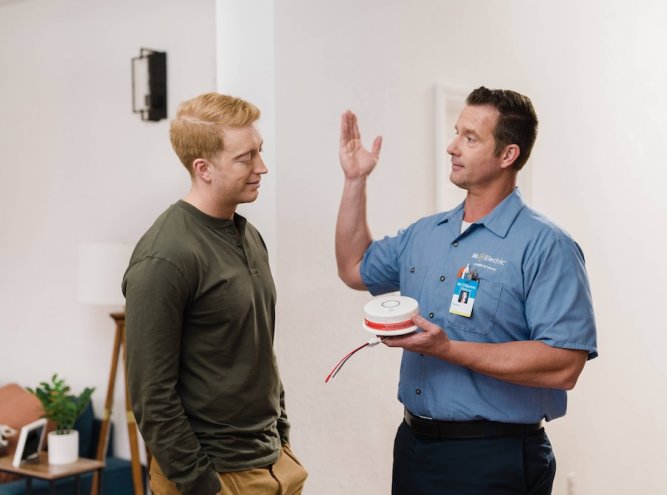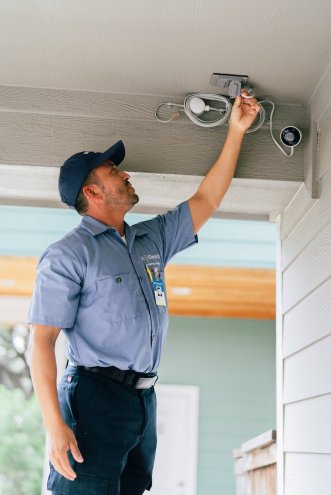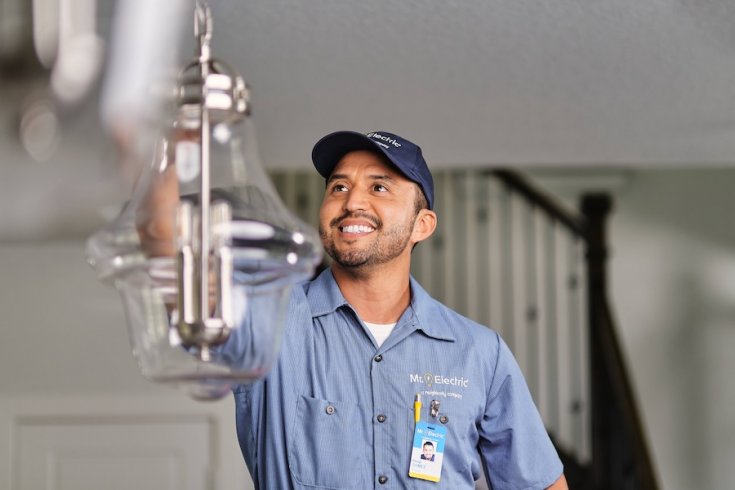What Is Knob and Tube Wiring?
Knob and tube wiring is an old wiring system that is found in many older homes. This wiring system consists of hot and neutral copper wires running through porcelain knobs and tubes. Common in homes built from the 1880s to the 1940s, knob and tube wiring gets its name from the white ceramic knobs that hold the wiring in place and the tubes that protect the wiring from fraying.
Knob and tube electrical wiring was developed during the 1880s and was in common use from about 1880 to the 1940s—but it has since been replaced by safer wiring. This wiring system is considered obsolete, but there are still many homes with this outdated wiring system.
If you live in a home that was built prior to 1950, there are chances that you may have knob and tube wiring.
In this article, we will look into knob and tube wiring to help you understand its dangers and how to replace it safely.
Facts about knob and tube wiring
- It has no ground wire, meaning it is incompatible with modern three-prong appliances. This lack of grounding wire creates a huge safety risk for your appliances and carries the risk of causing an electric shock.
- It was considered an innovative electrical technology from around 1880 to the 1950s, and a cost-effective way of meeting the energy needs of the people during that time.
- It won’t be able to handle our modern-day electrical demands because of limited amperage. Knob and tube wiring can handle around 60 amps, whereas modern electrical panels can handle upwards of 150 amps.
- Getting insurance for a home with knob and tube wiring can be extremely difficult. It can also be difficult to sell a home with knob and tube wiring.
Is knob and tube wiring dangerous?
Knob and tube wiring is a safety hazard in many ways. First, the lack of a ground wire carries an enormous safety risk. Secondly, this wiring system is not rated as moisture-safe, so it can be a fire hazard when used in bathrooms, kitchens, laundry rooms, outdoors, and other wet environments. Also, knob and tube wires are insulated with a rubberized sheath, which can easily fall off over time and create a fire hazard.
Advice for Those with Knob and Tube Wiring
If you live in an older home or building, especially if it was constructed prior to 1950, it is a good idea to have a nearby electrician inspect your wiring to determine if you have knob and tube wiring.
Call Mr. Electric for Electrical Wiring and All of Your Residential and Commercial Electrical Needs
Are you worried about knob and tube wiring in your home? Reach out to Mr. Electric for a comprehensive electrical inspection. Our team of certified and licensed electricians will inspect your electrical system and replace the wiring if necessary. Upgrading your wiring not only brings your home’s wiring back in line with current building codes, but it also prevents fire hazards and adds to the value of your home.


